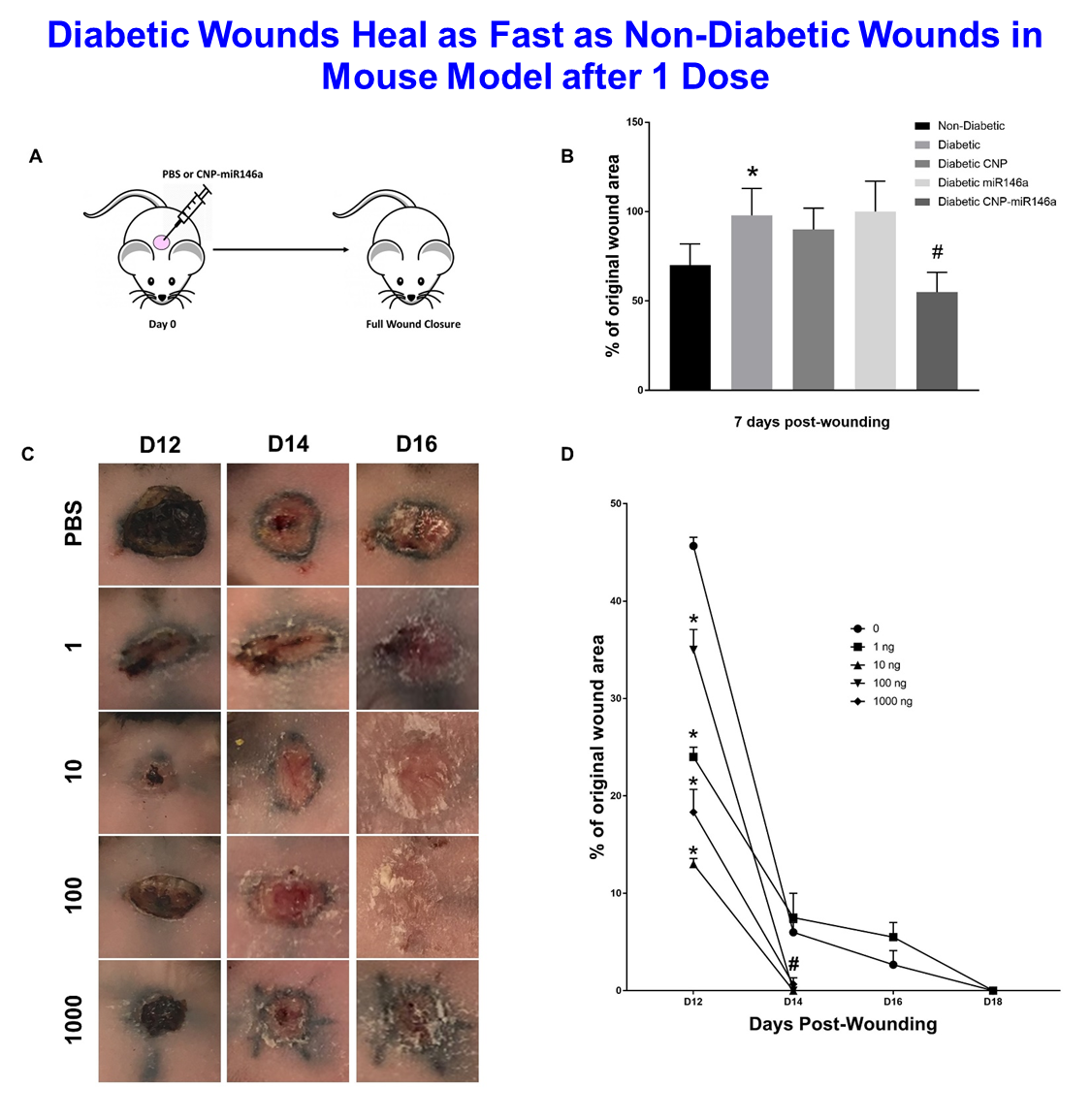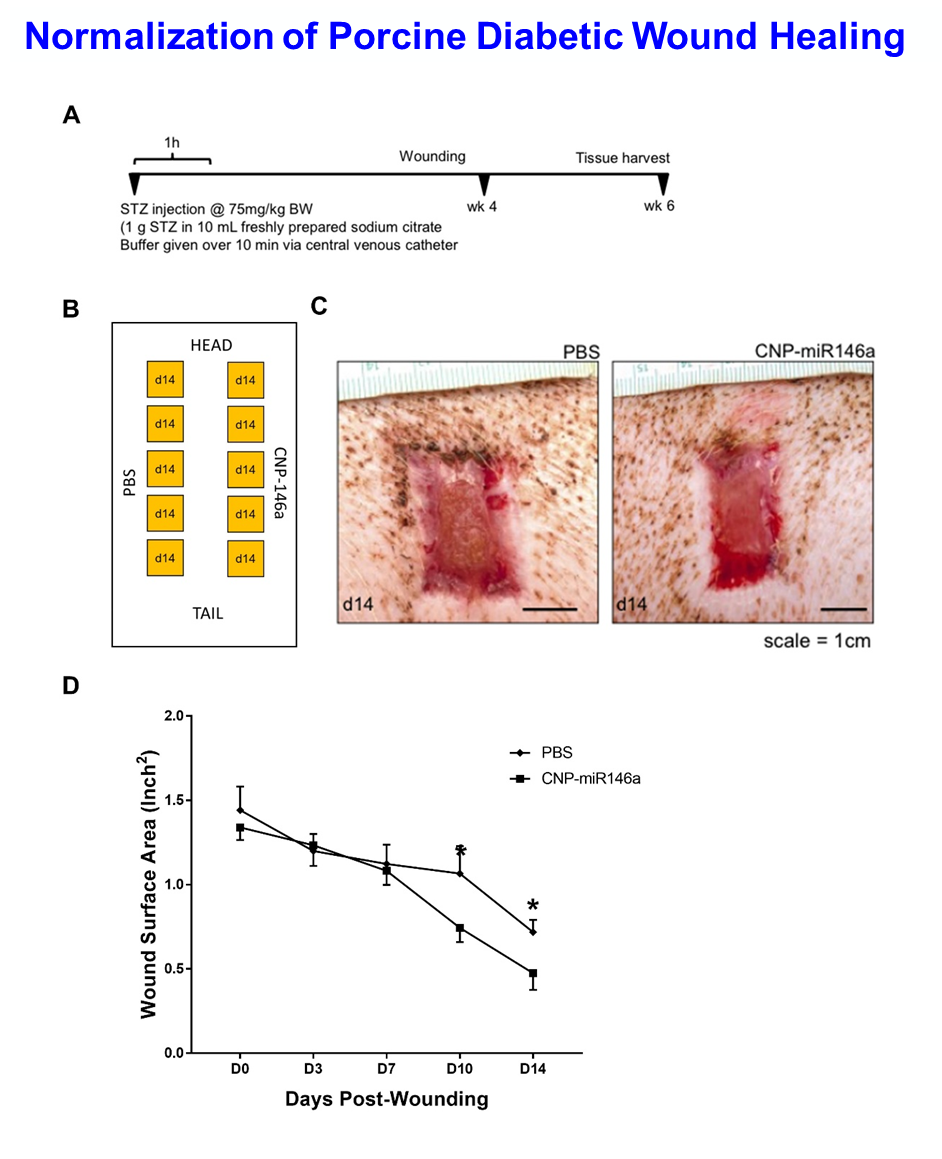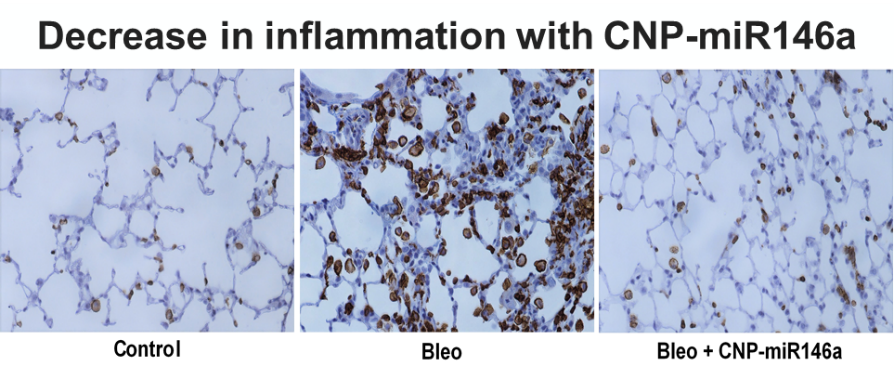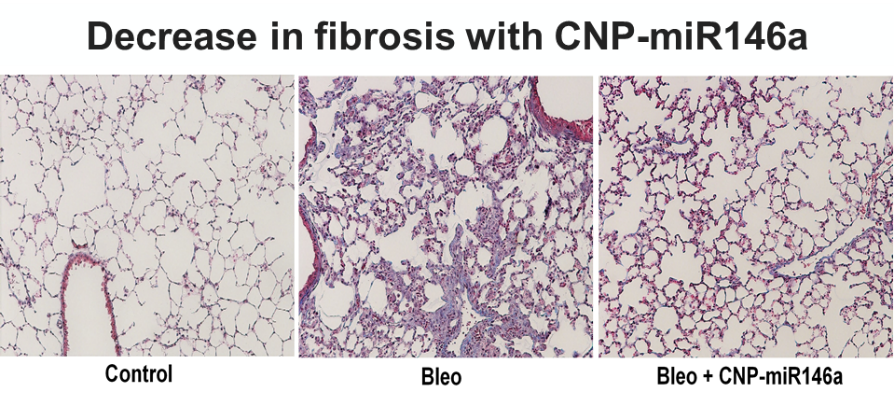Shared Content Block:
Surgery Styles -- "surgery-spaced" class
Laboratory for Fetal and Regenerative Biology
Research Objective
The LFRB research is focused primarily in the field of healing, the response to injury, and regenerative medicine, with an emphasis on elucidating the mechanisms involved in the regenerative response to injury in the fetus, the role of stem cells in tissue repair, and the correction of abnormal healing in the adult.
The LFRB team is developing novel treatment paradigms using stem cells, gene therapy strategies, and small molecule therapeutics to promote healing and tissue regeneration in multiple tissues by modulating the inflammatory response, angiogenesis, the composition of the extracellular matrix, and progenitor cell content. The goal of this regenerative medicine approach is to restore normal tissue architecture and function and to prevent the complications of impaired healing or scar formation after injury.
Projects
- CNP-miR146a, a novel treatment that corrects impaired diabetic wound healing
- CNP-miR146a rescues lung function following Acute Lung Injury (ALI) and stops the development of Acute Respiratory Distress Syndrome (ARDS)
- CNP-miR146a for the treatment of ulcerative colitis (UC)
- Nanosilk improves the strength of diabetic skin
- SCF Increases in Utero-Labeled Stem Cells Migration and Improves Wound Healing
- Mesenchymal stem cells correct of the impaired biomechanical properties of diabetic skin by modulating microRNA‐29a
- Mammalian Fetal Cardiac Regeneration After Myocardial Infarction
- Knockdown of LncRNA GAS5 enhances diabetic wound healing
Our Team
CNP-miR146a, a Novel Treatment that Corrects Impaired Diabetic Wound Healing
We have designed a novel cerium oxide nanoparticles (CNPs) that possess ROS scavenging properties and have conjugated them with a miR-146a mimetic, to target both oxidative stress/ROS and pro-inflammatory signaling. Our studies have shown that local treatment of the diabetic wound with CNP-miR146a conjugate resulted in reduced time to wound healing with increased strength and elasticity in a murine model. This was further validated in a porcine model where treatment with CNP-miR146a resulted in reduced time to wound healing.


CNP-miR146a rescues lung function following Acute Lung Injury (ALI) and stops the development of Acute Respiratory Distress Syndrome (ARDS)
ALI in its most severe form, ARDS, is to date the most life-threatening complication reported from COVID-19. Early data suggest that more than 40% of individuals hospitalized for severe and critical COVID-19 developed ARDS and over 50% of those diagnosed died from the disease. While the etiology of ALI is multifactorial, a central pathogenic feature of the progression to ARDS is a persistent activation of inflammation and oxidative stress. In a bleomycin-induced model of ALI, we found that one-time administration of CNP-miR146a prevents inflammation and fibrosis, and improves pulmonary mechanics.


